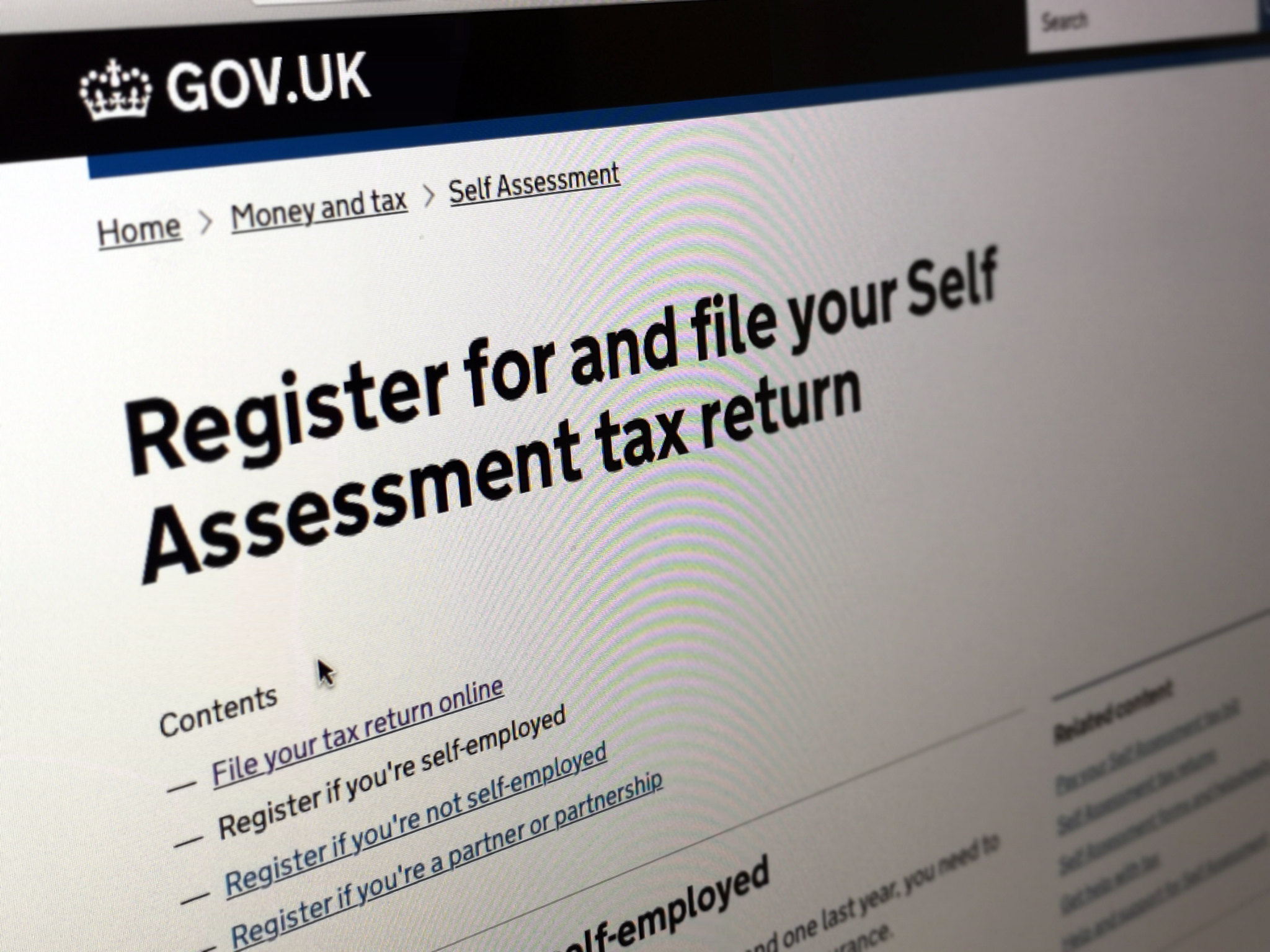What is a Self-Assessment Tax Return?
Tax returns for self-employed individuals are a system wherein the assessee pays the required income in the specific financial year to the HM Revenue and Customs (HMRC). Under this procedure, the accountants also evaluate the amount of tax an individual owes from the previous tax year and the liability. Read all the details in this self-assessment guide.
Who Needs to File a Self-Assessment Tax Return?
Regarding self-assessment tax returns, the HMRC accumulates, calculates, and deducts the tax from the employee’s salary. As per the regulations, the following people are subject to self-assessment in taxation.
- An individual who’s a sole trader or receives self-employed income.
- A landlord with a multi-property portfolio or someone who rented a single property.
- Someone indulged in business partnerships.
- A person who has to pay Capital Gains Tax after disposing of something with an increased value.
- Company directors whose income is not included in the Pay As You Earn (PAYE) framework.
- A subject who has to pay the High Income Child Benefit Charge.
- If an individual earns foreign income or someone who earns income via savings and investments.
In short, individuals with income over £ 1,000 (before taking o anything) must file self-assessment tax returns. Further, people who earn income in the UK from foreign nationals should also declare themselves to HMRC.
What should be included in a Self-Assessment Tax Return?

Anyone who has worked with HMRC before must know that it’s crucial to be precise and detailed when submitting the online self-assessment forms.
- Everyone must submit a national insurance number when filing their tax return application.
- The tax return-related data may vary based on different scenarios.
Understandably, completing, filling, and submitting these important documents is a hectic job. Therefore, experienced accountants should be hired to ensure all the information is correctly filled in your online self-assessment form to avoid unwarranted penalties.
Details of Your Total Income for the Relevant Tax Year
It’s pivotal to understand how much taxable income should be declared as per the requirement in your self-assessment in taxation. It’s undeniably the most crucial & standard information.
However, most of the time, details related to money earned via savings, investments, dividends, and foreign income should also be provided. For instance, if your employer credits you with a salary of P60 for a tax year, it’s your responsibility to declare the income and the tax value.
If an individual receives self-employment income, then kindly submit all the relevant documents, including:
- Bank Statements
- Annual Turnover for the Tax Year
- Invoices and Receipts
Documents Relating to Employment
Another document that needs to be submitted to HMRC is a P45. If you left a particular post in the tax year, your previous employer must issue a P45.
Further, a detailed P60 document should also be submitted if an individual receives a bonus or commission. These should also be filed if the person issued a P11D and P9D document to avail of other expense-related perks. Details of Tax Relief
Extra tax relief is available for certain types of income or financial activity, including:
- Contributions to Charities.
- Pension Contributions
- Certain Costs Associated with the Business.
- Any Awarded Gift Aid
Methods of Submitting a Self-Assessment Tax Return

The first step in filing tax returns for self-employed people is registering on the government site, where Unique Taxpayer Reference (UTR) is generated.
With this, you’ll be able to submit self-assessment tax returns. Also, having your national insurance number to submit your self-employment tax returns after that is crucial.
- Paper Tax Return: This is the traditional procedure for submitting tax returns.
You must download SA100 from the government website and submit it to HMRC. Kindly ensure that all the details are completed precisely. Some taxpayers might also need to fill out supplementary forms depending on the business type.
- Online Tax Return: HMRC has launched technologically advanced online tax return systems for taxpayers. An individual needs to set up a Government Gateway account. In the next step, using the HMRC Self-Assessment service to complete self-employment tax returns is important.
The online tax return is a much more user-friendly option. It o ers various benefits, including automatic tax calculation, avoiding late returns, minimal risk of losing bills in transit, and constant progress savings.
How do You Pay the Owed Tax?
After fulfilling the application procedure, an individual must pay the HMRC. However, the user must correctly input a unique taxpayer reference number before sending it.
- Physical payments: Under this procedure, an individual can post a cheque to HMRC with a total tax amount. The person can also provide a pay-in-slip from HMRC.
- Digital payments: It’s easier to make online bank transfers via debit cards. The Clearing House Automated Payment System (CHAPS) is also available on HMRC’s platform for instant transactions.
- Advance payments: This payment method allows anyone to make weekly or monthly payments in advance. In this, any individual can calculate the sum deducted from the online self-assessment form and later decide to pay as per the prescribed price value. By chance, if an individual overpays, then they are eligible for a refund.
- Payments on account: This is an advanced payment procedure for the tax bill. In this, a person has to make two payments every year unless:
- The last Self-assessment tax bill is lower than £1,000.
- An individual paid more than 80% in the previous year.
- Late payments: If anyone cannot pay taxes on the due date, then a penalty of £100 will be issued. The person will also be liable to pay interest on tax bills, and in some cases, higher interest can be applied if self-assessment is not submitted on time.
Filing Your Self-Assessment Tax Returns with TaxCan Accountants
This was a brief self-assessment guide for self-employed individuals. After going through it, everyone believes that the procedure is extensively complicated. In particular, novice taxpayers are intimidated by such confusing methods.
More Content!
More Links!
https://www.gov.uk/self-assessment-forms-and-helpsheetshttps://www.gov.uk/self-assessmenthttps://www.gov.uk/log-in-file-self-assessment-tax-returnhttps://www.gov.uk/self-assessment-detailed-information



